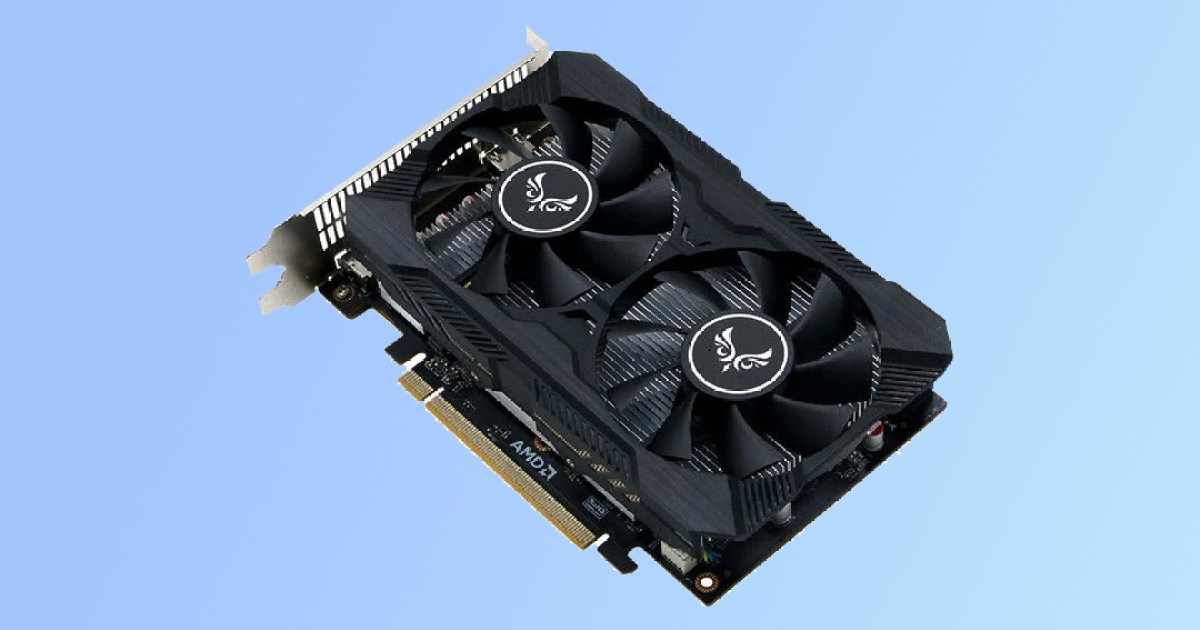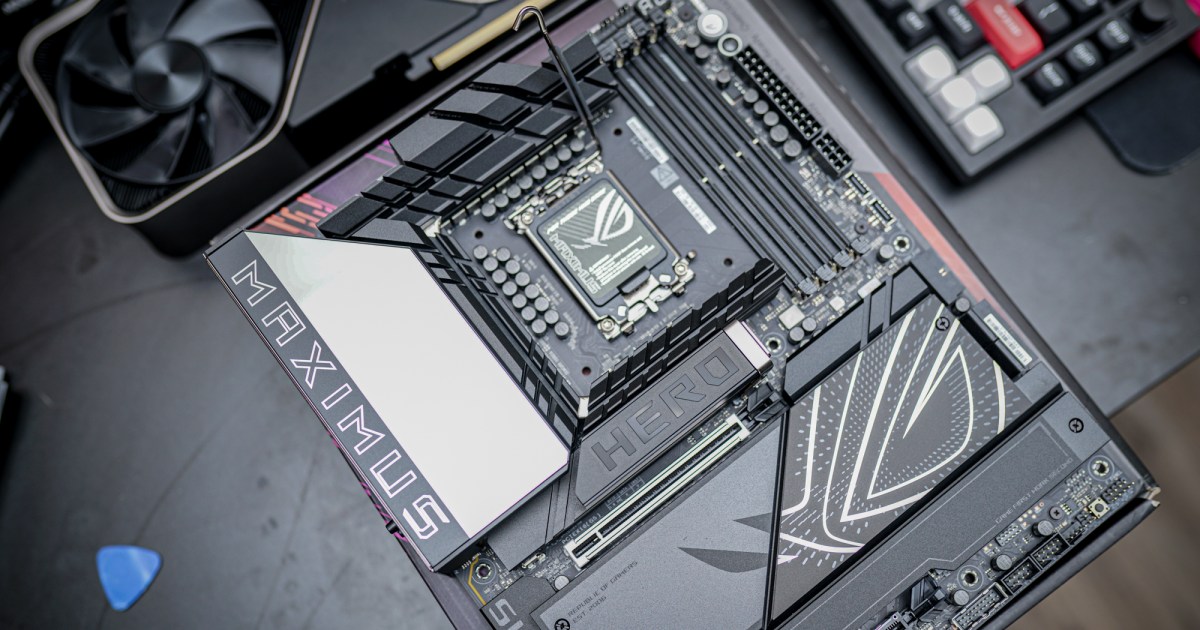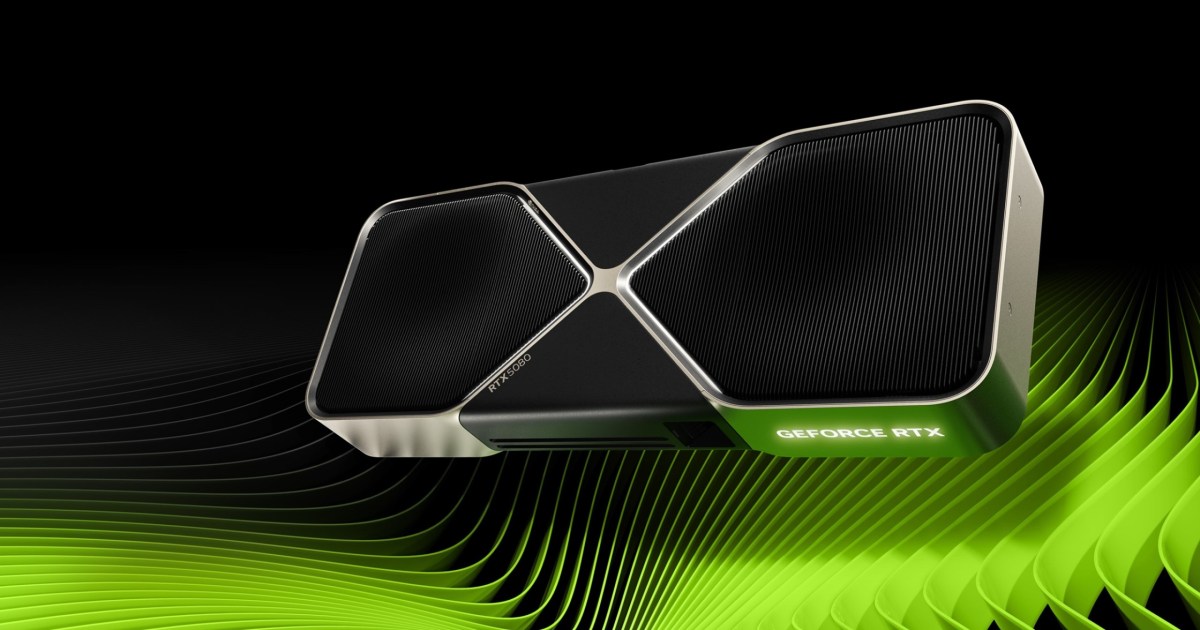Logitech has increased prices on approximately half of its product lineup, with increases averaging around 14%. This price hike, attributed to tariffs on goods imported from China, impacts a wide range of popular Logitech products. A recent video analysis by Cameron Dougherty (via 9to5Mac) details the specific price adjustments and their potential impact on consumers.
Impact on Popular Products
Several flagship Logitech products have seen notable price increases. The MX Master 3S mouse, for example, now costs $119.99, a $20 increase. The Pro X TKL keyboard has also seen a price bump, rising from $199.99 to $219.99. The K400 Plus Wireless Touch keyboard experienced a significant 25% increase, jumping from $27.99 to $34.99.
Not All Products Affected
While many products have seen price increases, some Logitech devices remain unaffected. The MX Ergo mouse and the G703 gaming mouse, for instance, have maintained their previous pricing. Savvy shoppers may also find deals on Amazon, potentially mitigating the impact of these price hikes.
Tariffs and Financial Outlook
These price adjustments follow Logitech’s withdrawal of its 2026 financial outlook, citing “tariff uncertainty” related to trade policies. The company had initially projected sales between $4.53 billion and $4.71 billion for 2026 but maintains its 2025 sales forecast.
Industry-Wide Implications
Logitech’s pricing strategies often influence other brands, suggesting that similar price increases from competitors may be on the horizon. This could have broader implications for the consumer electronics market, particularly for peripherals and accessories.
Escalating Tariff Situation
Recent trade policy developments have introduced significant tariff increases, impacting global markets. China, in particular, faces exceptionally high tariff rates, including a 125% “reciprocal” tariff, a 20% tariff related to the fentanyl crisis, and existing Section 301 tariffs ranging from 7.5% to 100%.
China Excluded from Tariff Reprieve
Unlike other nations granted a 90-day pause on tariffs beyond the initial 10% baseline, China has been excluded from this reprieve. While imports from most countries remain subject to the 10% baseline, China’s minimum tariff rate has been raised to 145%, further exacerbating the trade situation.
Conclusion
The tariff-driven price increases on Logitech products highlight the complex interplay between international trade and consumer pricing. While some Logitech products remain at their original prices, the widespread impact of these tariffs suggests a potential trend in the consumer electronics industry. Consumers should be prepared for potential price fluctuations and explore alternative purchasing options to mitigate the effects of these rising costs.











